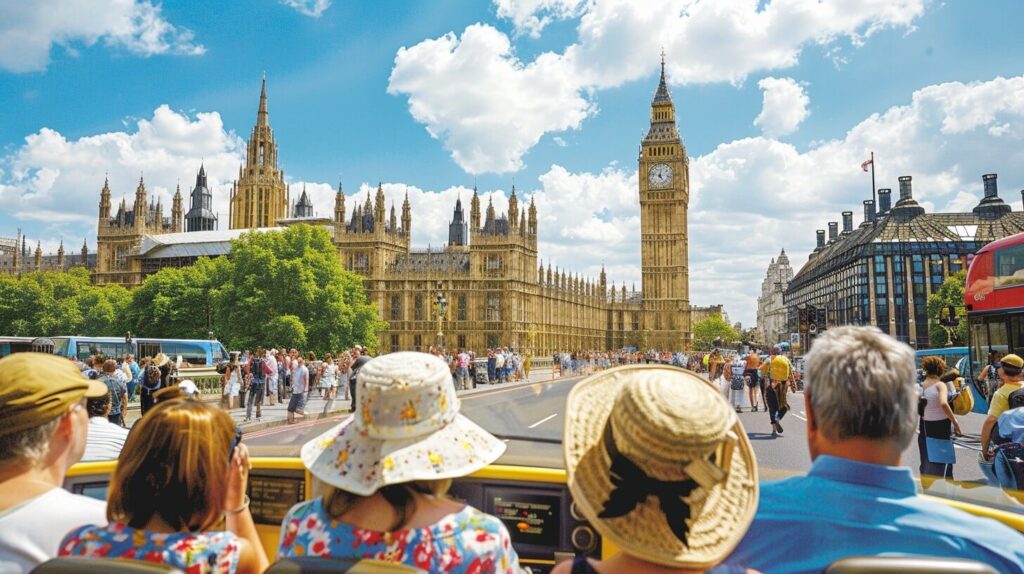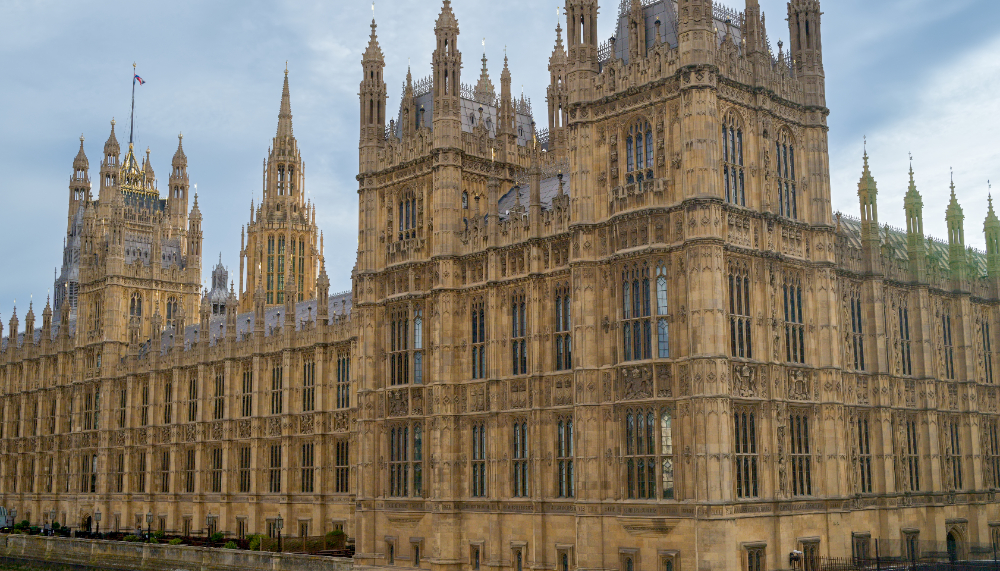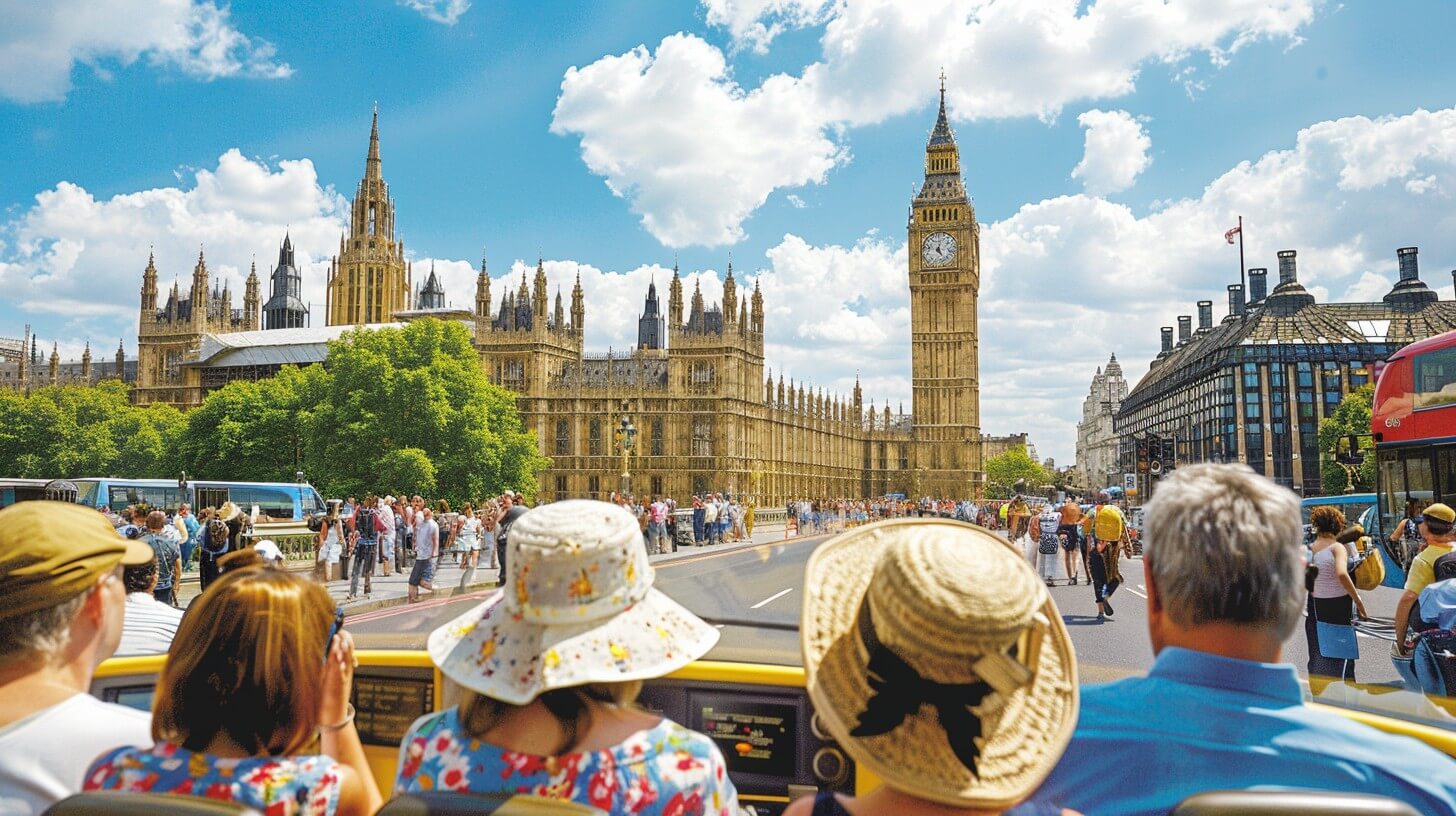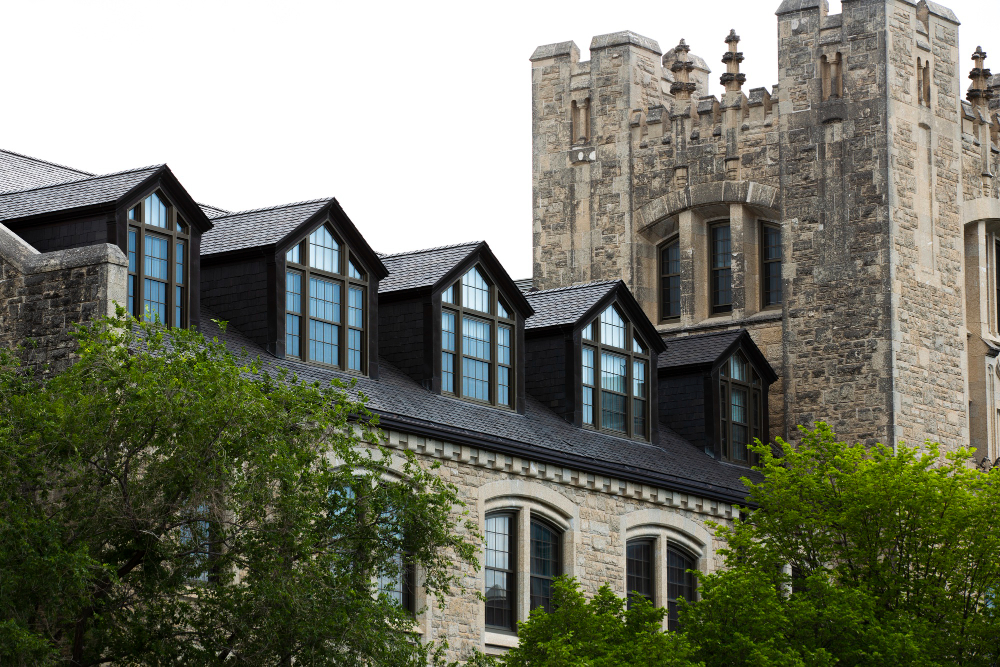When exploring England political landmarks guide, history buffs and curious travelers often wonder about the pivotal locations that shaped political movements.
“Where did these movements start?” “What historical events took place here?” “How can I visit these significant sites?” This guide answers those questions, providing a warm and engaging journey through England’s rich political heritage.
From London to Manchester and beyond, you’ll discover the landmarks that played crucial roles in shaping the nation’s political landscape.

Iconic England political landmarks guide
The Houses of Parliament, London
The Houses of Parliament, also known as the Palace of Westminster, is the heart of British democracy.
This iconic site is where significant debates and decisions have shaped the nation for centuries.
It’s a place where history is made daily, making it a must-visit for anyone interested in politics and history.
Must-See Spots
- Big Ben: One of the most recognizable symbols of London, this clock tower is a stunning example of Gothic Revival architecture.
- House of Commons: The lower house of Parliament, where Members of Parliament (MPs) debate and pass laws.
- House of Lords: The upper house of Parliament, where appointed Lords review legislation.
Personal Tip
Attend a public debate or take a guided tour to experience the atmosphere firsthand.
The energy in the House of Commons during a heated debate is palpable and provides a unique insight into the workings of British democracy.
Relatable Story
I remember my first visit to the Houses of Parliament. Standing in the historic chambers, I felt a profound sense of history.
Listening to a live debate was a highlight, as it connected me to the ongoing story of democracy in action.
It was fascinating to see how modern-day issues are discussed and decided in such a historic setting.
St. Peter’s Square, Manchester
St. Peter’s Square in Manchester is known for the Peterloo Massacre of 1819, a pivotal event in the fight for democratic reform.
The massacre occurred when cavalry charged into a crowd of around 60,000 people who had gathered to demand the reform of parliamentary representation.
This tragic event highlighted the need for political change and became a catalyst for the subsequent reform movements.
Must-See Spots
- The Peterloo Memorial: A moving tribute to those who lost their lives in the struggle for democracy.
- Central Library: An architectural marvel and a great place to learn more about Manchester’s history.
Personal Tip
Reflect on the significance of this site and the sacrifices made for voting rights.
The Peterloo Memorial serves as a poignant reminder of the importance of democracy and the ongoing struggle for political equality.
Relatable Story
Walking through St. Peter’s Square, I was struck by the significance of the Peterloo Massacre.
The memorial stands as a powerful reminder of the struggle for democratic reform.
It was a humbling experience to stand where so many fought for the rights we often take for granted today.
Tolpuddle, Dorset
Tolpuddle is the birthplace of the trade union movement, commemorating the Tolpuddle Martyrs.
In 1834, six agricultural laborers were arrested and transported to Australia for forming a trade union.
Their harsh punishment sparked a national outcry and led to the eventual legalization of trade unions.
Must-See Spots
- The Tolpuddle Martyrs Museum: This museum tells the story of the martyrs and their fight for workers’ rights.
- The annual Tolpuddle Martyrs’ Festival: A vibrant celebration of the martyrs’ legacy, featuring talks, music, and parades.
Personal Tip
Visit during the festival to immerse yourself in the spirit of solidarity and community.
The festival is a lively and inspirational event, celebrating the triumphs and ongoing struggles of the labor movement.
Relatable Story
During my visit to the Tolpuddle Martyrs Museum, I was moved by the stories of the six laborers.
Their courage and determination in the face of injustice were truly inspiring.
Attending the annual festival brought these stories to life, as I joined others in celebrating their legacy and the continued fight for workers’ rights.
Durham Miners’ Hall
Why Visit?
Durham Miners’ Hall, also known as Redhills, is a symbol of the labor movement and the fight for workers’ rights.
Built in 1915, it served as the headquarters for the Durham Miners’ Association, a powerful force in advocating for miners’ rights and better working conditions.
Must-See Spots
- The main hall: A stunning example of Edwardian architecture, the hall is adorned with banners and memorabilia from the mining community.
- The surrounding memorials: These memorials pay tribute to the miners and their contributions to the labor movement.
Personal Tip
Explore the rich history of the mining community and their contributions to labor rights.
The hall is a testament to the strength and resilience of the mining community and their enduring legacy.
Relatable Story
Visiting Durham Miners’ Hall, I felt a deep connection to the mining community.
The hall’s grandeur and the stories of the miners who fought for better working conditions were both humbling and inspiring.
It was a powerful reminder of the importance of solidarity and the ongoing struggle for workers’ rights.
Cable Street, London
Cable Street in London is the site of the famous Battle of Cable Street in 1936, where the local community stood against fascism.
When the British Union of Fascists, led by Oswald Mosley, planned a march through the East End, the residents, including many Jewish and Irish immigrants, banded together to block the march.
Must-See Spots
- The Cable Street mural: This mural commemorates the Battle of Cable Street and the community’s stand against fascism. It’s a vibrant and powerful depiction of unity and resistance.
Personal Tip
Walk the length of Cable Street to understand the community’s resilience and unity.
The mural is a must-see, but the entire street is steeped in history and serves as a testament to the power of collective action.
Relatable Story
Walking along Cable Street, I was struck by the mural’s vivid portrayal of the battle. It was incredible to see how the community came together to stand against hatred and division. The experience was a powerful reminder of the importance of solidarity and the strength of a united community.
The People’s History Museum, Manchester
Why Visit?
The People’s History Museum in Manchester is dedicated to the history of democracy and the struggle for equality in Britain. The museum explores the development of rights and freedoms over the past 200 years, from the Peterloo Massacre to the modern-day.
Must-See Spots
- Main Galleries: These exhibitions cover various aspects of political history, including the suffrage movement, labor rights, and the fight for social justice.
- Temporary Exhibitions: The museum regularly hosts temporary exhibitions on contemporary issues and historical events.
Personal Tip
Take your time to explore the interactive exhibits and learn about the personal stories behind the political movements.
The museum provides a comprehensive and engaging look at the history of democracy and the ongoing fight for equality.
Relatable Story
During my visit to the People’s History Museum, I was particularly moved by the stories of the suffragettes.
Seeing the personal letters and artifacts from their campaign for women’s voting rights brought their struggle to life.
It was a powerful reminder of the progress that has been made and the work that still needs to be done.
The Chartist Cave, South Wales
The Chartist Cave in South Wales was a secret meeting place for the Chartists, a working-class movement for political reform in the 19th century.
The Chartists fought for universal male suffrage, secret ballots, and other democratic reforms.
Must-See Spots
- The cave itself: A natural cave in the Brecon Beacons, where Chartists would meet in secret to plan their activities.
- Surrounding areas: The Brecon Beacons offer stunning scenery and numerous walking trails.
Personal Tip
Combine your visit to the Chartist Cave with a hike in the Brecon Beacons.
The natural beauty of the area provides a stunning backdrop to the historical significance of the cave.
Relatable Story
Hiking to the Chartist Cave, I was struck by the lengths to which the Chartists went to organize their movement.
Meeting in a remote cave highlights the secrecy and danger they faced.
It was a sobering experience that underscored the courage and determination of those who fought for democratic reforms.

Practical Tips for Your England political landmarks Tour
Planning Your Trip
Best Time to Visit
Research if any special events or commemorations are taking place during your visit.
Many sites have annual events, festivals, or memorials that can provide a deeper understanding and richer experience.
Getting Around
Use public transport for convenience and to reduce your carbon footprint.
London’s extensive transport network makes traveling between sites straightforward.
In other parts of the country, consider using trains or buses to reach your destinations.
Engaging with History
Tours and Guides
Many sites offer guided tours. Knowledgeable guides can provide context and bring the history to life.
If you prefer exploring on your own, many locations offer audio guides or informational brochures.
Interactive Exhibits
Look for museums with interactive exhibits to make learning engaging and fun.
Interactive displays, virtual reality experiences, and hands-on activities can enhance your understanding and enjoyment of the sites.
Staying Informed
Before visiting, check the websites of the landmarks for any updates, changes in opening hours, or special exhibitions.
This will help you plan your visit more effectively and ensure you don’t miss any important features.
Conclusion
Exploring England political landmarks guide offers a unique opportunity to connect with the past and understand the struggles and triumphs that have shaped modern society.
These sites are not just historical relics but living reminders of the ongoing fight for democracy, equality, and justice.
Whether you’re a history enthusiast, a curious traveler, or someone looking to understand the roots of political movements, this guide provides a comprehensive and engaging journey through England’s rich political heritage.
So, pack your bags, plan your itinerary, and embark on a journey that will deepen your appreciation for the history and legacy of political movements in England.
FAQs
What are some key England political landmarks guide to visit on a political tour of London?
The Houses of Parliament (Palace of Westminster), Westminster Abbey, Downing Street, Trafalgar Square, and Buckingham Palace are essential stops on a political tour of London.
Westminster Hall in the Houses of Parliament is particularly significant, as it has been the site of important political events for centuries.
Where can I see the Changing of the Guard ceremony?
You can witness part of the Changing of the Guard ceremony at St James’s Palace, subject to the ceremony schedule.
The full ceremony also takes place at Buckingham Palace.
Are there tours available for England political landmarks guide in London?
Yes, there are several guided tour options available. Companies like British Tours offer expert-led tours through Westminster, covering 1000 years of political history.
Free walking tours are also available, typically lasting 2-2.5 hours and covering major landmarks.
What historical events can I learn about on a political tour of London?
You can learn about events such as the signing of the Magna Carta, the emergence of one of the world’s oldest Parliaments, the assassination of a Prime Minister, and the impact of two World Wars on British politics.
Tours also often cover the history of the monarchy and its relationship with Parliament.
Can I visit the interior of the Houses of Parliament?
Yes, guided tours of the Houses of Parliament are available. These 90-minute tours in English typically include visits to the House of Commons, House of Lords, and Westminster Hall.
However, availability may be limited, so it’s advisable to book in advance.



